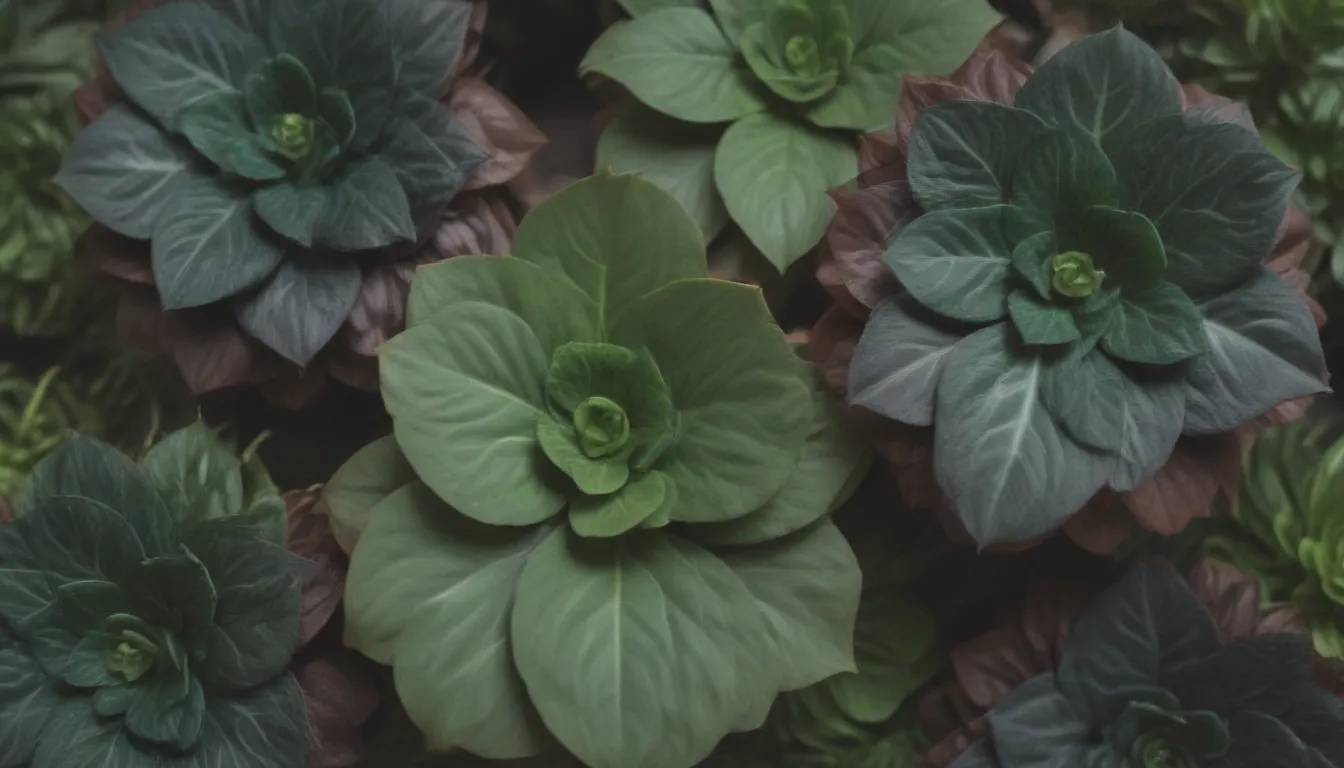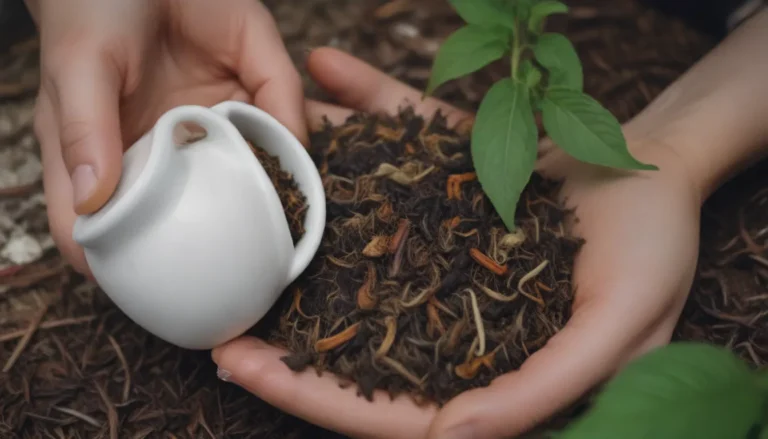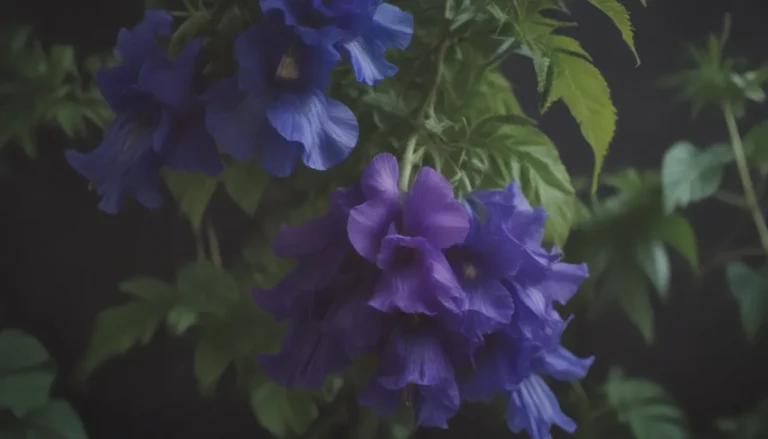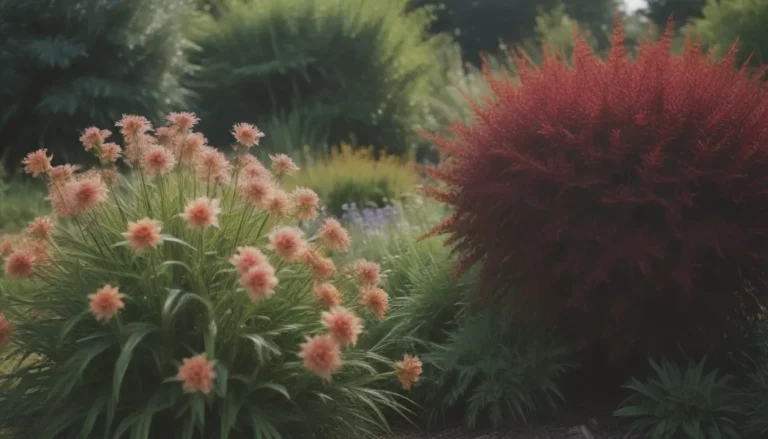Ultimate Guide to Growing and Caring for Peperomia Plants

Welcome to our ultimate guide on how to grow and care for peperomia plants! Peperomia plants are a diverse group of ornamental foliage tropical plants that are a delightful addition to any indoor plant collection. With over 1,500 known species, these plants come in a variety of sizes, leaf colors, and textures, making them a favorite among plant enthusiasts.
What is Peperomia?
Peperomia is a genus of plants in the family Piperaceae, native to regions such as Mexico, South America, and the Caribbean. Known for their thick, fleshy leaves, peperomia plants are low maintenance, slow-growing, and can thrive year-round in a variety of environments. These plants are not only beautiful but also have the added benefit of potentially removing toxins from the air, making them a valuable addition to any home.
Peperomia Plant Care Tips
Here are some essential care tips to help you grow healthy and thriving peperomia plants indoors:
Light
Position your peperomia plant in a location that receives medium to bright light to maintain its vibrant foliage colors. Avoid placing it in direct sunlight, as this can lead to leaf burn. A west- or east-facing window is ideal, or you can place the plant a couple of feet back from a south- or north-facing window.
Soil
Choose a well-draining soil blend that mimics the chunky, loose, and acidic conditions that peperomia plants thrive in. An orchid potting medium or regular potting soil amended with coconut coir and perlite works well. Remember that many peperomia species are epiphytes, so they prefer slightly decaying bark in their natural habitat.
Water
Allow the top two inches of the soil to dry out between waterings to prevent overwatering, which can lead to root rot. Peperomia plants have succulent-like leaves, indicating that they don’t require frequent watering. Less is more when it comes to watering these plants.
Temperature and Humidity
Provide a warm and humid environment for your tropical peperomia plants, especially during the active growth period in summer. Avoid exposing them to freezing temperatures, as they are hardy to USDA zone 10. Increase ambient humidity by placing the plant on a tray of pebbles and water, misting it regularly, or using a small-scale humidifier.
Fertilizer
During the growing season, provide a diluted liquid fertilizer to your peperomia plant once a month if the soil is poor. Remember that these plants are slow-growing and do not require excessive fertilization. Avoid fertilizing in winter when growth slows down.
Types of Peperomia Plants
Peperomia plants come in a wide range of varieties, each with its unique characteristics and appeal. Some popular peperomia species include:
- P. argyreia (Watermelon Peperomia)
- P. tetraphylla (Peperomia Hope)
- P. orba (Peperomia Pixie Lime)
- Peperomia caperata ‘Rosso’
- P. obtusifolia
- P. verticillata ‘Belly Button’
- P. metallicavar. Colombiana
- P. nitida (cupid Peperomia)
- P. perciliata
- P. caperata ‘Suzanne’
- P. rotundifolia (Trailing Jade Plant)
Each variety of peperomia plant offers a unique aesthetic and can thrive in indoor environments with proper care.
Pruning and Propagating Peperomia Plants
To keep your peperomia plants in top shape, it’s essential to prune and propagate them as needed. Lightly prune your plants in early spring to encourage bushier growth. You can also propagate peperomia plants easily from stem cuttings in spring or summer when growth is most active.
Potting and Repotting
Peperomia plants prefer to be slightly root-bound, so you can leave them in a relatively small container for years. When it’s time to repot, choose a container only a few inches larger than the current one and use an acidic potting mix or orchid bark. Watch for roots coming out of the drainage holes as a sign that repotting is necessary.
Common Pests and Problems
Peperomia plants are susceptible to common houseplant pests like mealybugs, spider mites, and whiteflies. Treat infestations with insecticidal soap to keep your plants healthy. Additionally, monitor your plants for signs of issues such as yellowing or curling leaves, which can indicate overwatering or poor light conditions.
Encouraging Blooms and Longevity
While peperomia plants rarely bloom indoors, you can encourage blooming by providing bright, indirect light and the right growing conditions. With proper care, peperomia plants can live for many years, purifying the air and adding beauty to your home.
In conclusion, peperomia plants are a wonderful addition to any indoor plant collection, offering beauty, low maintenance, and potential air-purifying benefits. With the right care and attention to their specific needs, you can enjoy vibrant and healthy peperomia plants for years to come.
Remember to enjoy the process of caring for your peperomia plants and watching them thrive in your home!Happy gardening!





